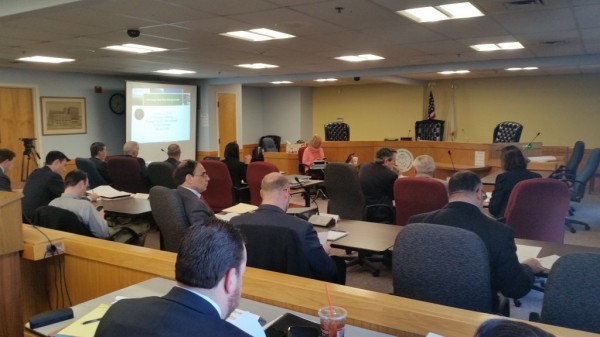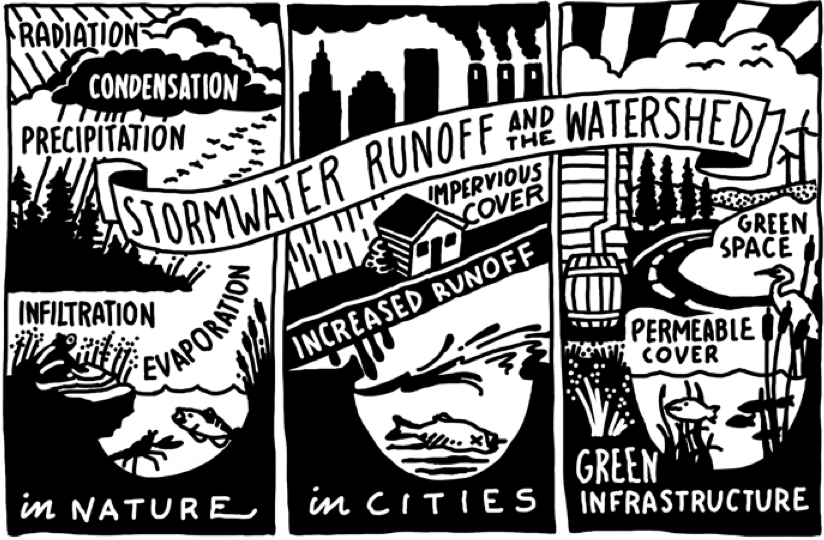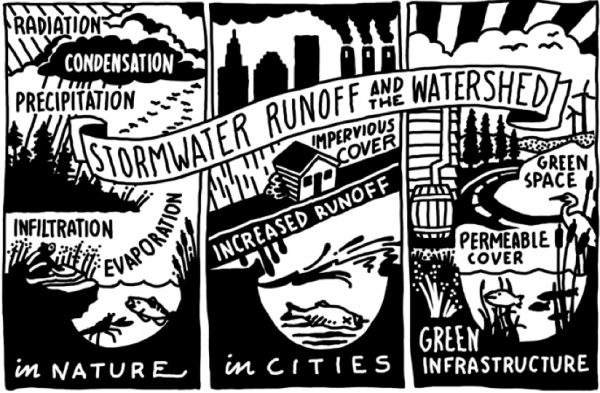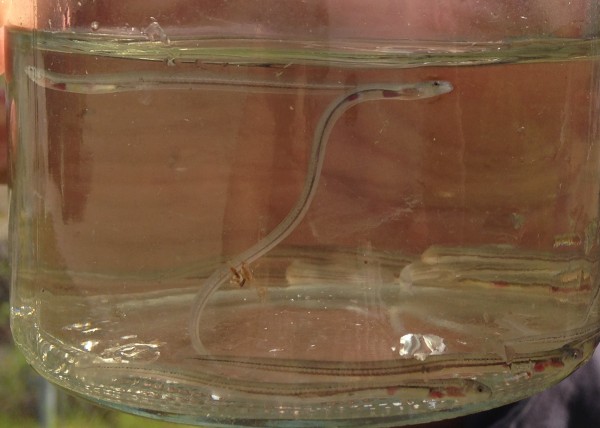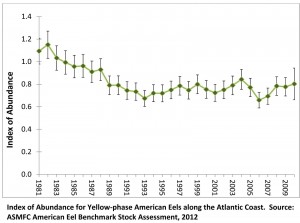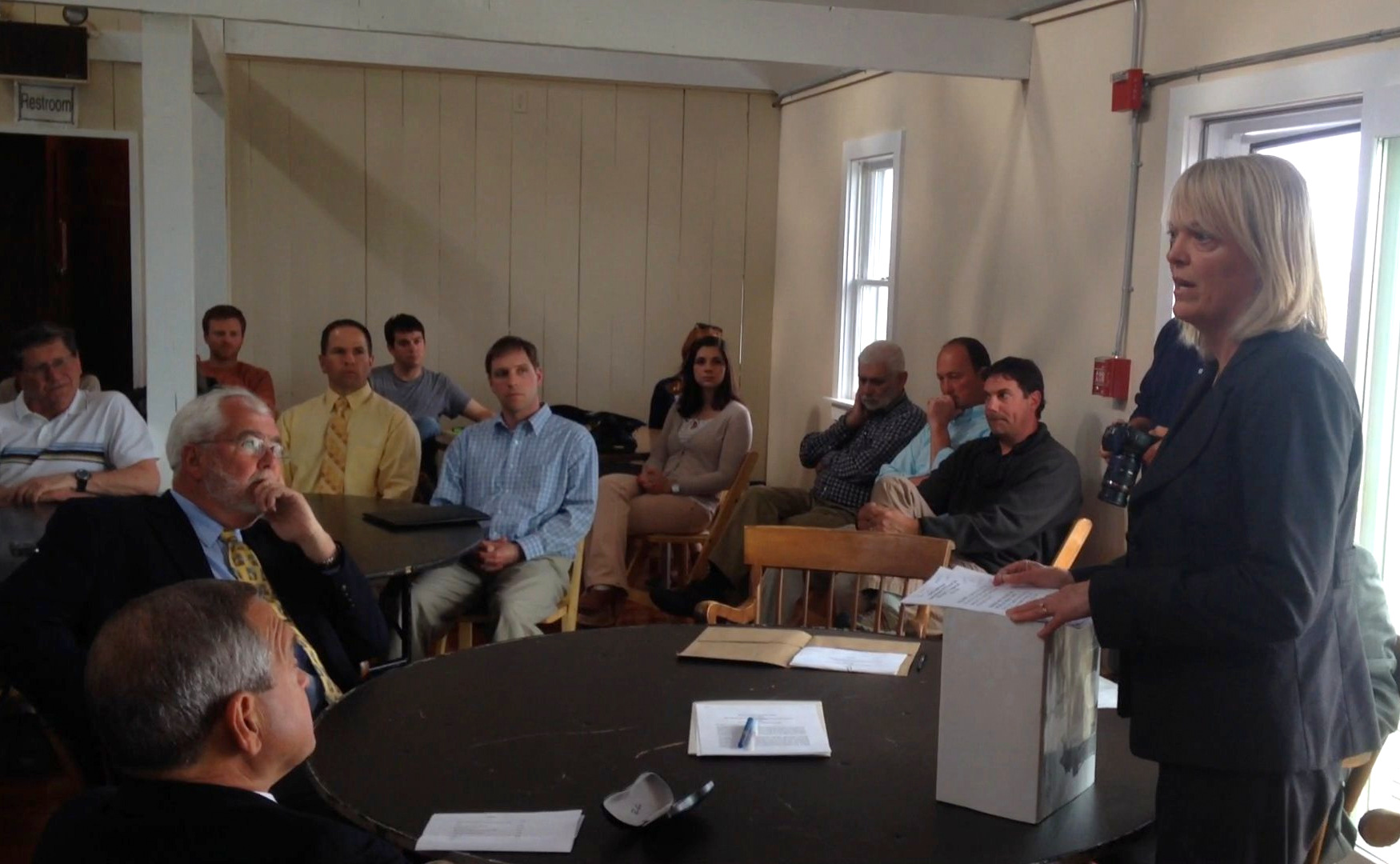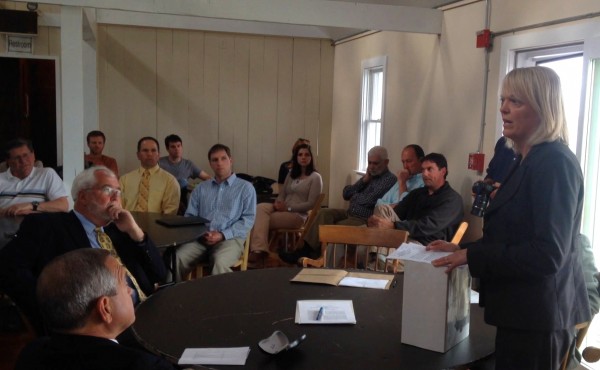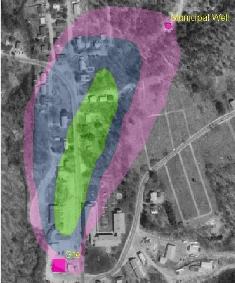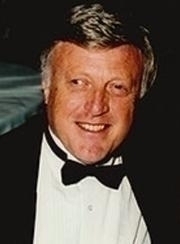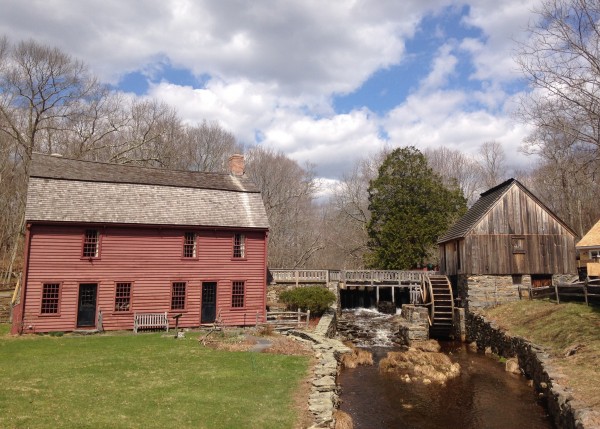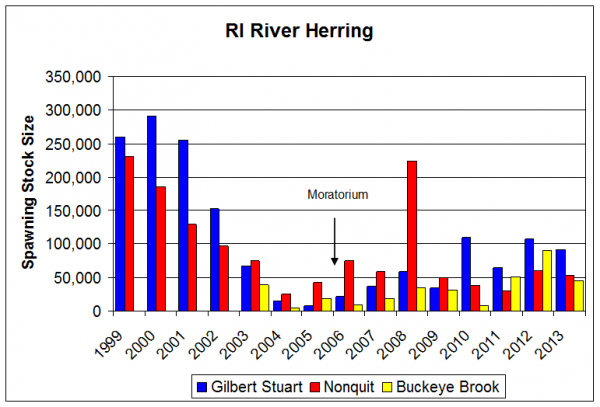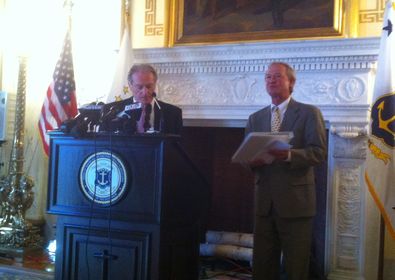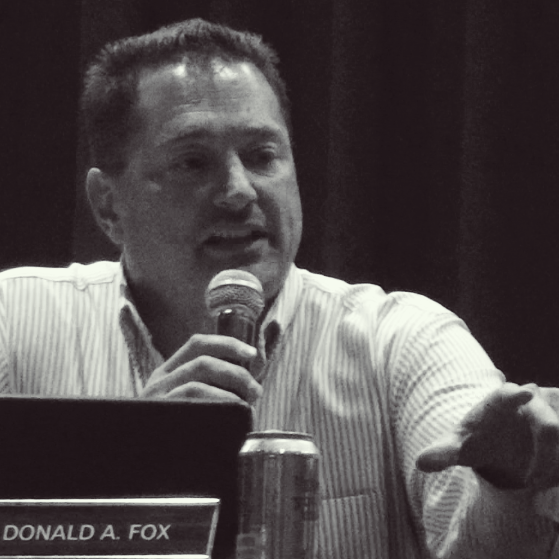
“So fucking recall me,” said Burrillville Town Councillor Donald Fox, then, turning to the Burrillville residents who had stopped to watch the argument, continued, “and that’s going for all you guys listening. Recall me. It’s okay.”
After Wednesday night’s record breaking Burrillville Town Council meeting, which lasted until twenty minutes past midnight and resolved nothing regarding the tax treaty between the town and Invenergy, the company that wants to bring a $700 fracked gas and diesel oil burning power plant to the town, Burrillville Town Councillor Donald Fox was heard having a loud conversation with candidate for town council Ray Trinque, who also serves on the town’s sewer commission.
The discussion was in the parking lot of the Burrillville High School, after the town council finished its business. Several people were in the parking lot watching and listening to the conversation, including Jeremy Bailey, a Burrillville resident and a Democratic candidate for town council.

The conversation between Fox and Trinque is “about the sewer commission’s role with Invenergy’s application,” but it quickly dovetailed into events that happened earlier in the year, when Burrillville residents were considering initiating a recall petition against members of the town council. Trinque claims to have interceded on behalf of Fox.
Here’s the transcript, as best as I could hear:
“So why are you trying to make people think that we can stop it, that if the sewers are…” says Fox in the video.
“I didn’t say that…” interrupts Trinque.
“But that’s what everyone in that fucking theater thinks,” exclaims Fox, gesturing towards the high school auditorium.
“I asked a question,” counters Trinque, “But this is why I’ve avoided these town council meetings…”
“Well you should if you’re going to bring up shit like that because you know we can’t do anything about it!”
“Yeah but the whole point is, the first one I get to, I mean [garbled] because I’m not loyal enough…”
“I don’t give a shit!” says Fox.
[crosstalk]
“I’m as loyal as they get!” says Trinque.
“I don’t care about that at all,” says Fox.
[crosstalk]
“Ray, that has nothing to do with this process.”
“This has to do with this process,” says Trinque, “because when these guys were going to recall all of you and wanted you number one…”
“Fucking recall me!” exclaims Fox, “It’s okay!”
“Let me tell you, I talked them into not doing it…” Trinque tries to say.
“It’s okay!” exclaims Fox again, “You know me…”
“Because it would have been ultimately unsuccessful and it would have…”
“You know I don’t care,” says Fox, exasperated, “I’ve got better things to do.”
“I understand that,” says Trinque.
“So fucking recall me,” says Fox, then, turning to the Burrillville residents who had stopped to watch the argument, “and that’s going for all you guys listening. Recall me. It’s okay.”
It’s at this point in the video that Fox notices Bailey recording the conversation.
“You’re going to film it? You’re filming it?” Fox asks.
“Yup,” says Bailey.
“You are such an unbelievable,” says Fox.
“Listen,” says Fox, turning his attention back to Trinque, “It doesn’t matter. You know that we can do nothing about the sewer commission… We’re doing what’s right and you know that. We’re doing everything by the book and to throw stuff out like that is…”
At this point the pair are interrupted by a person in a car.
“Can I help out?” asks the motorist.
“No, this is two Republicans going at it,” says Fox.
“You know,” says Trinque, “Good Republican discourse.”
“We got the Hollywood guy over here filming,” says Fox, gesturing towards Bailey.
In an email, Fox wrote a lengthy reply to the video, which I am including in it’s entirety below:
Ray and I were arguing about the sewer commission’s role with Invenergy’s application. I took exception to him making public comments about the sewer commission’s capacity when he knows very well that the Town Council cannot control what the Sewer Commission does. Plus, if the power plant company gets their DEM permitting and all is in order according to State regulations, the Sewer Commission cannot stop them from using the system. But to bring that up in that manner, when the residents were there to talk about the proposed tax treaty agreements, can lead people to incorrectly believe that the TC can do something about it. We cannot. I repeat that we cannot stop Invenergy from using the sewer plant for discharge.
“I have known Ray Trinque for years and appreciate the service he has done for this town through is efforts on the School Committee. We have often talked about the town, the role of the TC, the role of the School Committee. It was this Council that appointed Ray to the Sewer Commission. We have attended many events together and I am proud to call him my friend for the wonderful work that he does with the veterans groups. So we feel very easy talking about any issue, whether we agree or not. Ray mentioned a recall effort and I told him that I do not care if I am recalled for doing what is right. I have never done public service for anything but that – public service. I will always do what is correct for the Town, not what is correct for politics. I hate how the power plant issue has been used as a political tool by some in town. And I am proud of the efforts made by this Town Council to stay away from that and not make it a political issue. If Council members wanted to use this as a political tool that effort would have been made 2 years ago when Rep. Cale Keable brought the plant to town.
“I have heard about the recall rumors for months and my stance has not changed or been influenced by that. Let me give you some background on myself. I never did military service when I was younger and am so very proud of the men and women that I know in my life who have done such service. One of my best friends has done multiple tours overseas in Iraq and Afghanistan, in horrific conditions. I feel that serving on boards, commission and Council has been my small way of doing something worthwhile for the greater good of my community. While it can in no way be compared to the sacrifices that our armed forces make, I take a page from my friend’s book – I do not back down to pressure and will always do what is right. Recall rumors do not affect me and I do not care about them. That is political garbage and it will not sway me on how I conduct myself as a Council member.
“Let me repeat that, I do not care about such things. If the constituents of this town feel that I should be recalled for executing, to the best of my abilities, the responsibilities of a Council Member then that is their legal right. My voting record is clear. My actions are clear. My stances are clear. I believe in Burrillville. I want to protect it as much as anyone. I am raising my 3 children and family here. I invested $1.1 million of my own money in a new building in Burrillville, when there were cheaper options to build or lease elsewhere in RI and in MA.. I put my money where my mouth is because I believe in this town.
“So when someone like Jeremy Bailey wants to film me and Ray Trinque having a passionate argument about what is good for Burrillville, I do not care. As I said, Ray and I are friends who have both long served the town, supported the town and care about this town. According to this week’s Bargain Buyer, Mr. Bailey is a one topic candidate and does not deserve votes in this community due to potential conflict of interest that he has. The ad questions how he can vote on power plant related issues when he is listed on the abutter list in the PVGA. I have to agree with whoever placed that ad. Mr. Bailey not only has his facts wrong, but he has been a pawn of the Democratic Town Committee in its effort to make the power plant a political issue. Mr. Bailey’s actions as a sneaky filmmaker do not concern me. What concerns me is doing what is right for this town. What concerns me is being part of a Council that has done things the right way since the plant came to town in December of 2014. What concerns me is that our Council has worked and continues to work for the good of this town and has put aside political aspirations and goals while doing work on the power plant issue. No one can accuse this Council of not doing what if feels is best for the town as a whole.
“You in your blog very early on questioned this Council for its neutrality so that our boards’ advisory opinions would not be tainted. Turned out that we did the right thing for the town as a whole. Yet we were attacked repeatedly by you and others for making this difficult stance. If people want to recall me for taking such actions, then recall me. No one will ever accuse me or anyone on this very sound and professional Council of doing anything but what is best for the town. If you are going to write about this, please include my complete reply herein.”

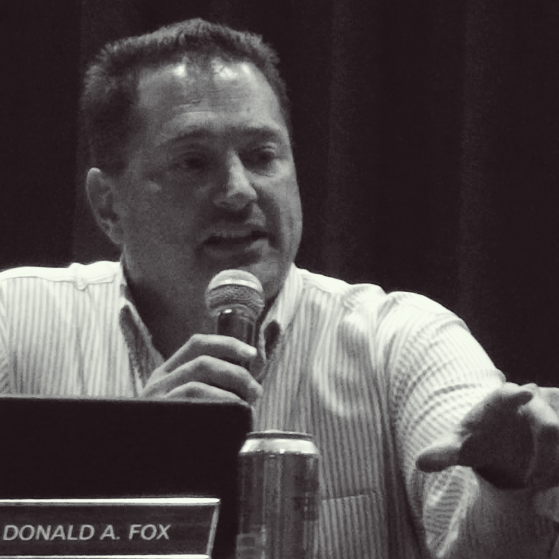

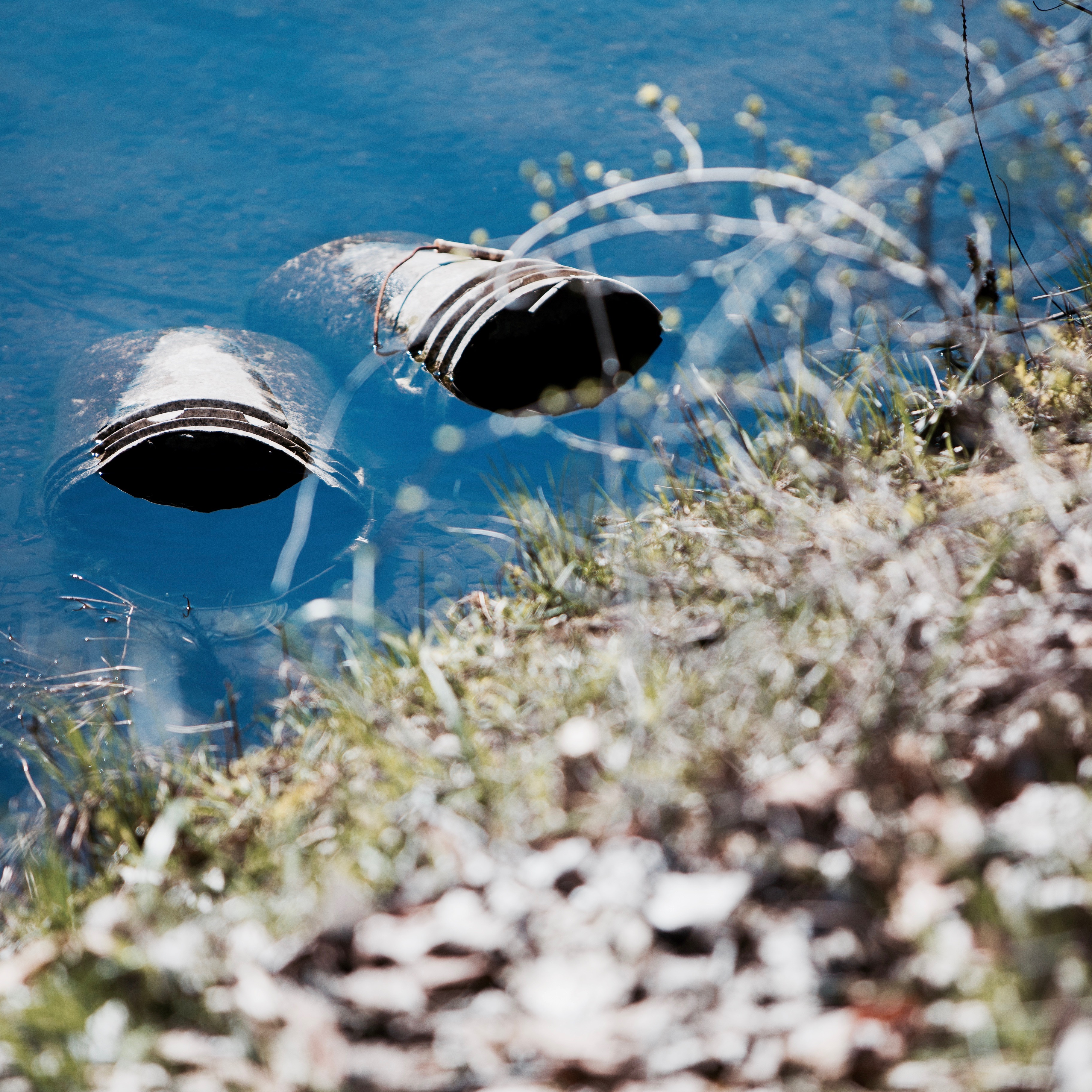


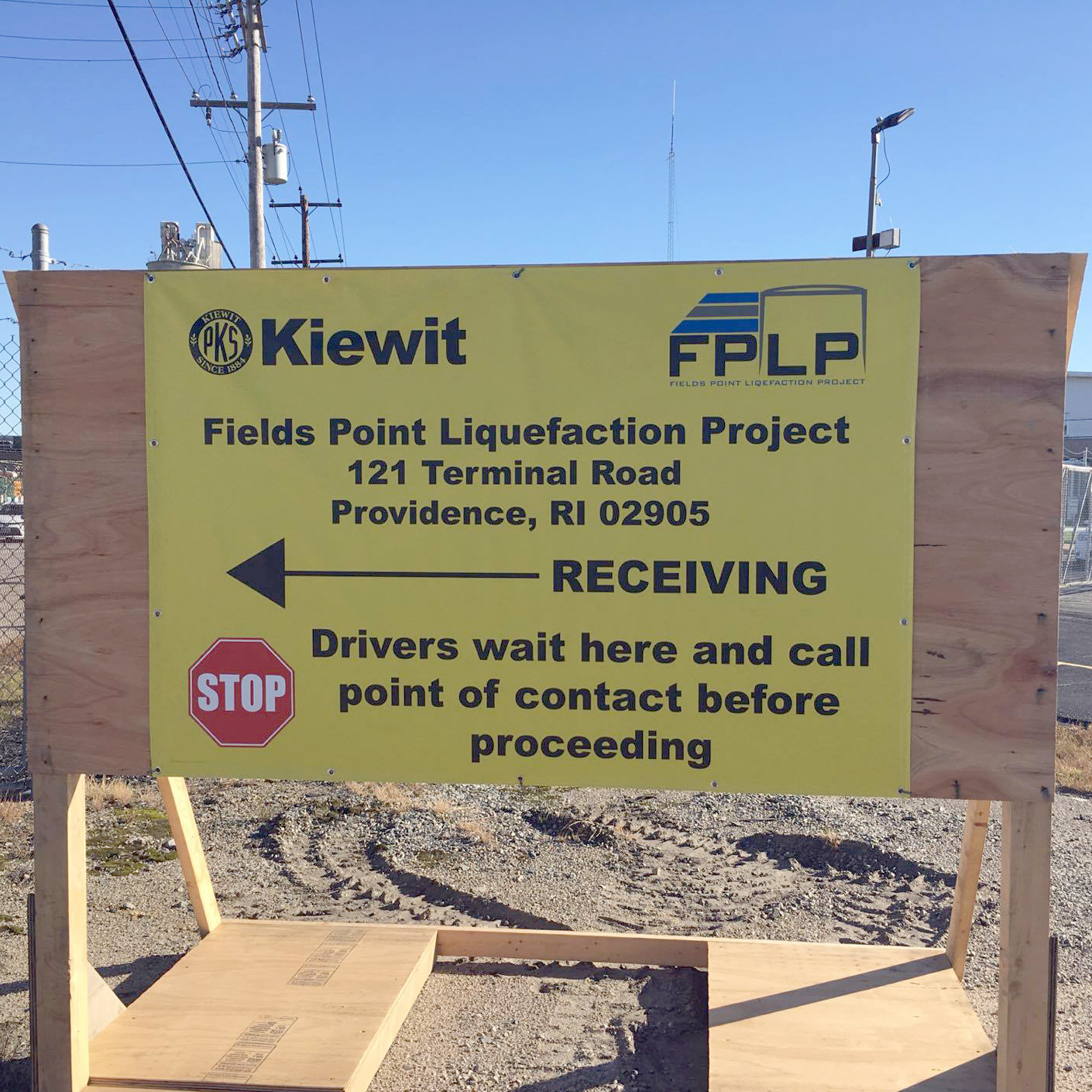
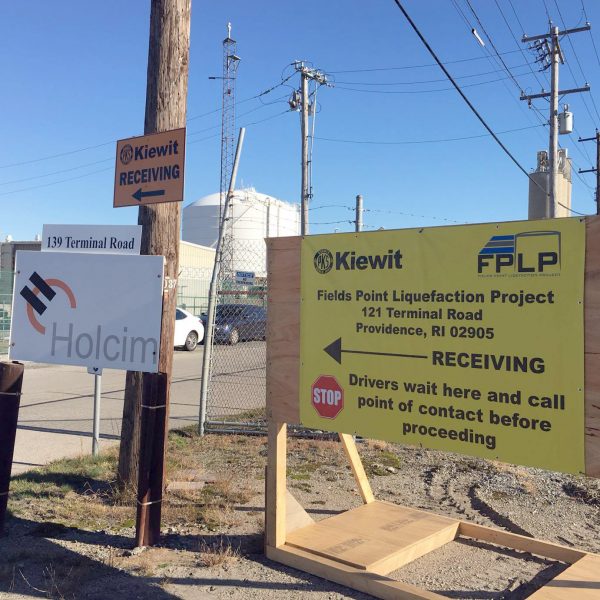
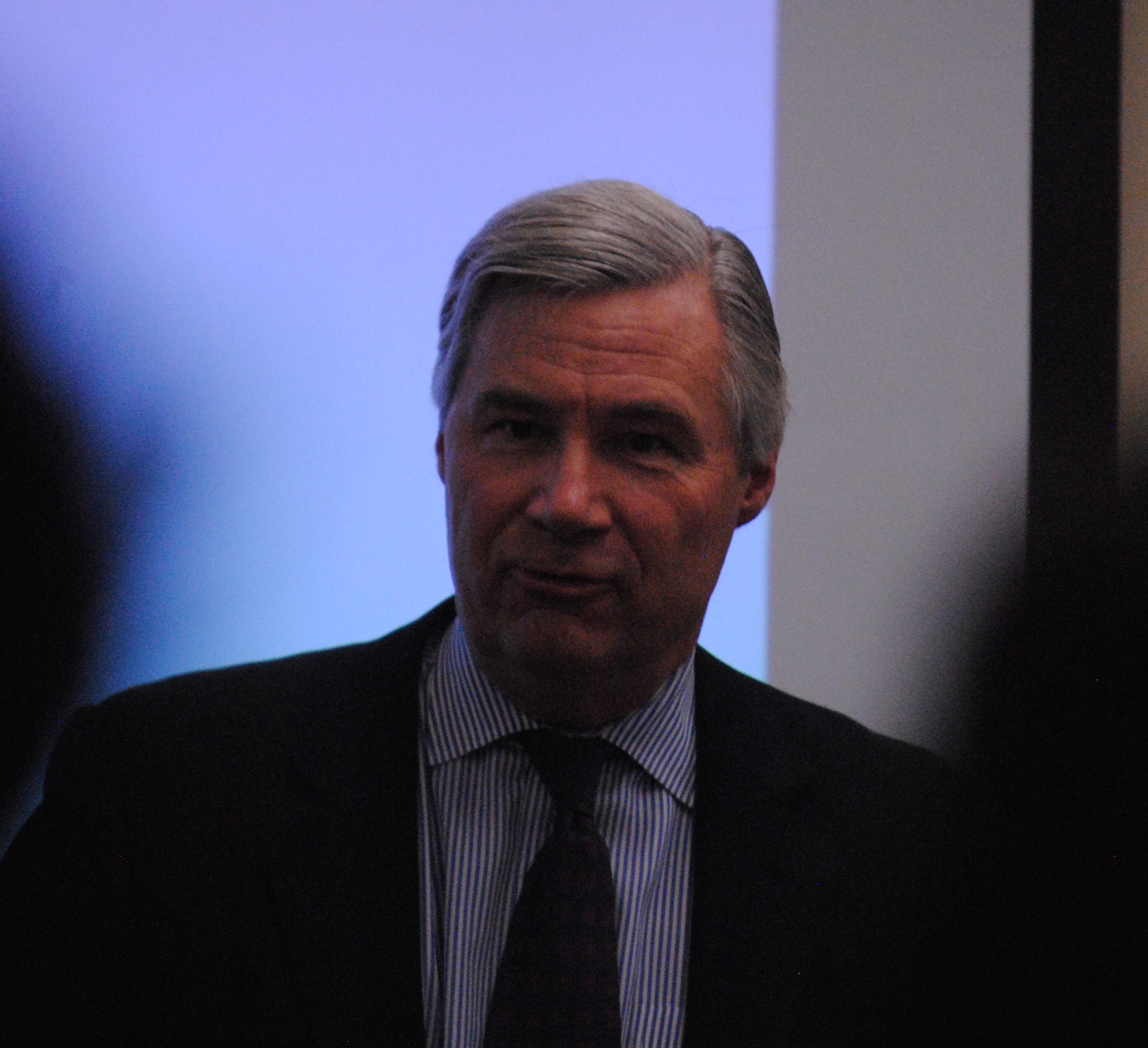
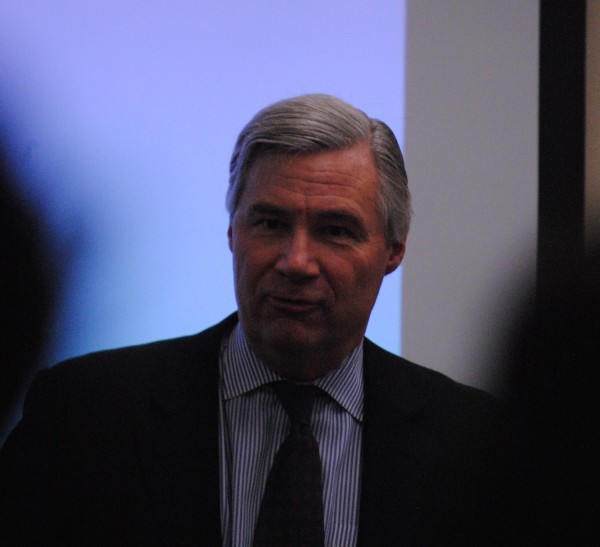

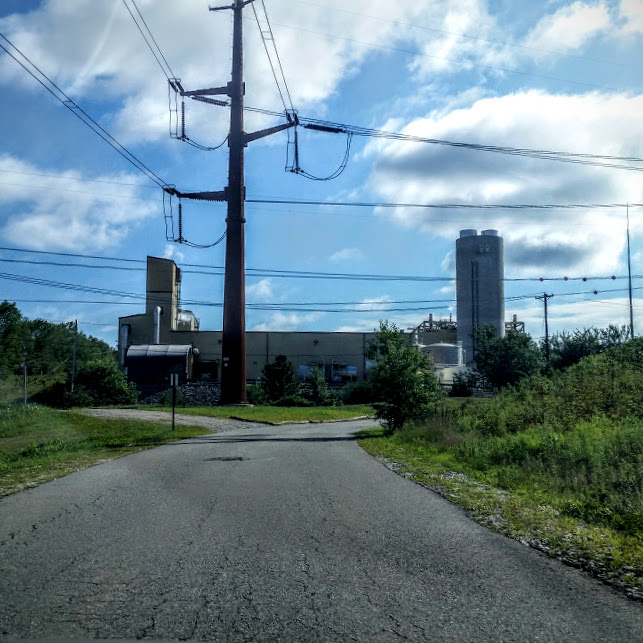
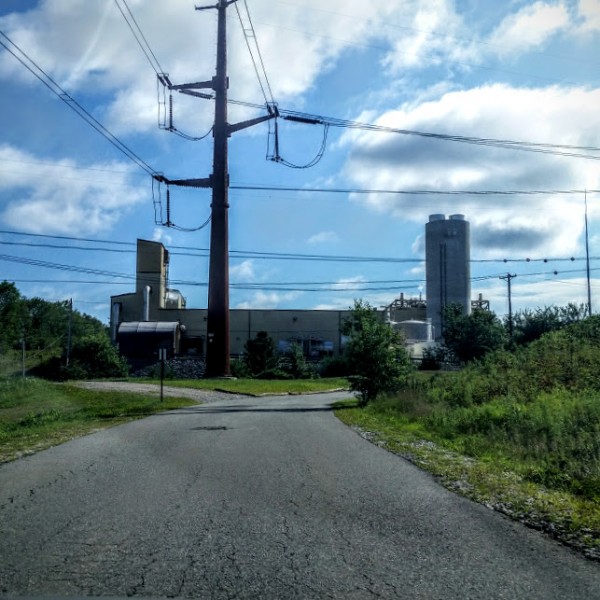




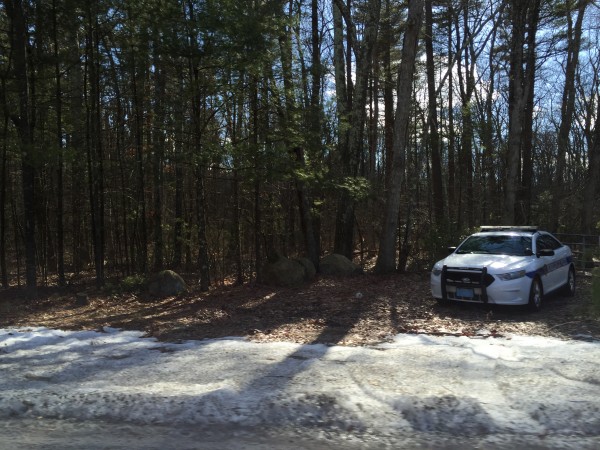 Janet Coit’s visit to the proposed site of Invenergy’s new gas and oil powered energy plant in Burrillville on Monday raises very real questions about what the DEM director calls a “fire wall” that prohibits communication between her and the parties involved in the case she is deciding. In response to my questions, Todd Anthony Bianco, coordinator of the RI Energy Facility Siting Board (EFSB), said:
Janet Coit’s visit to the proposed site of Invenergy’s new gas and oil powered energy plant in Burrillville on Monday raises very real questions about what the DEM director calls a “fire wall” that prohibits communication between her and the parties involved in the case she is deciding. In response to my questions, Todd Anthony Bianco, coordinator of the RI Energy Facility Siting Board (EFSB), said: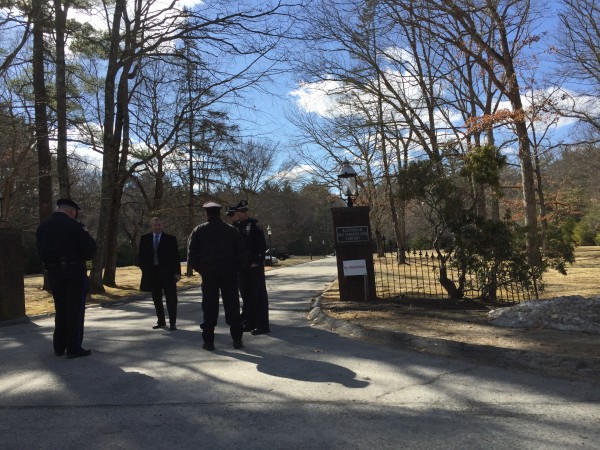 Janet Coit, director of the RI Department of Environmental Management, is one of the two people sitting on a three person board (alongside RI Public Utilities Commissioner Margaret Curran) who will ultimately be deciding on whether or not to grant Invenergy permission to build an
Janet Coit, director of the RI Department of Environmental Management, is one of the two people sitting on a three person board (alongside RI Public Utilities Commissioner Margaret Curran) who will ultimately be deciding on whether or not to grant Invenergy permission to build an 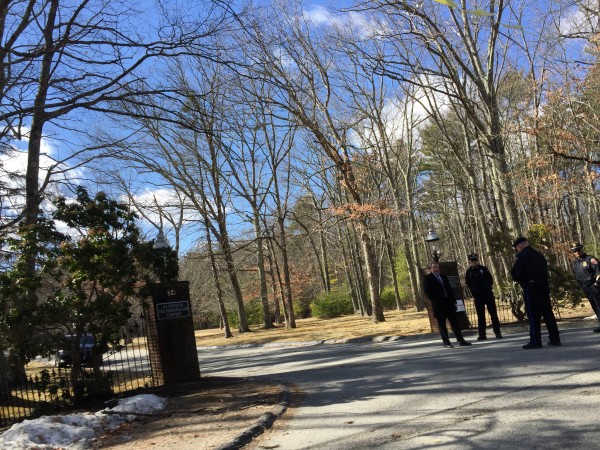


 EFSB Chair Margaret Curran said that because of the “tight time schedule” it’s critical that the board get advisory opinions “as soon as possible,” raising the question as to why the board feels the need to rush Invenergy‘s application process.
EFSB Chair Margaret Curran said that because of the “tight time schedule” it’s critical that the board get advisory opinions “as soon as possible,” raising the question as to why the board feels the need to rush Invenergy‘s application process.
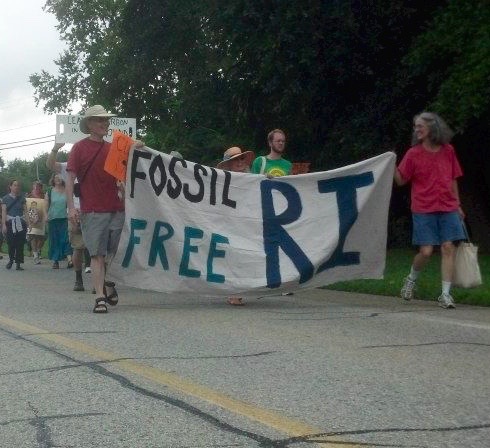
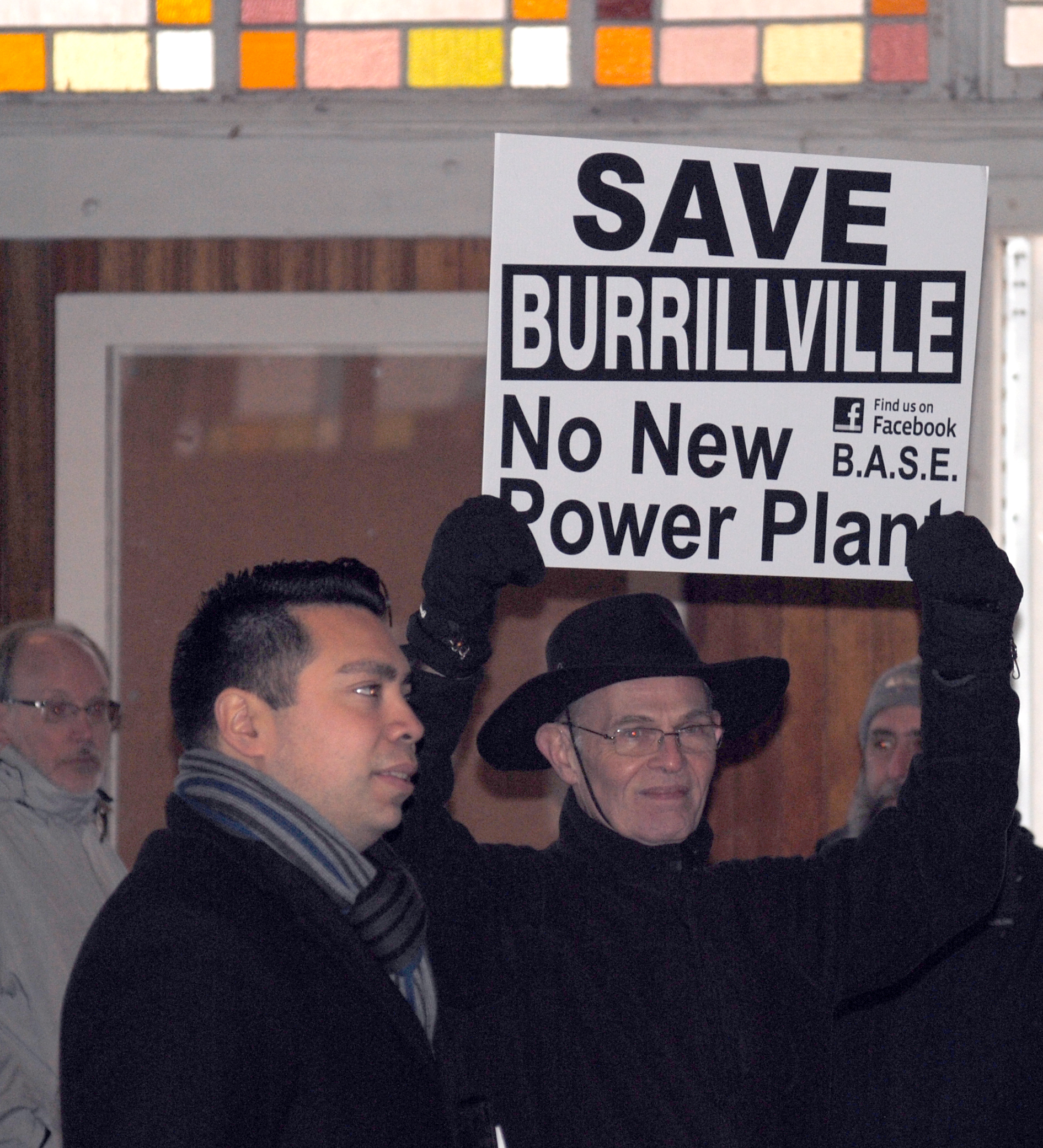
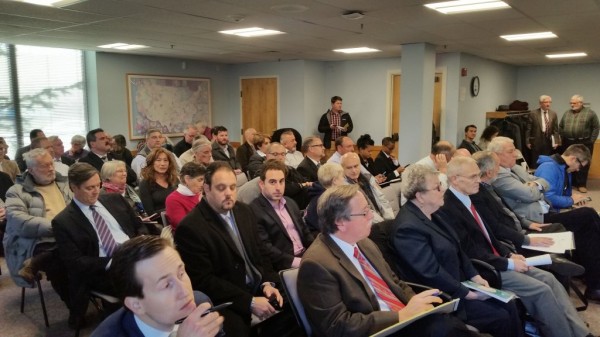 The new methane gas power plant planned by Invenergy for the Town of Burrillville met strong opposition from a variety of environmental groups but also had what seemed like strong support from both members of the
The new methane gas power plant planned by Invenergy for the Town of Burrillville met strong opposition from a variety of environmental groups but also had what seemed like strong support from both members of the 